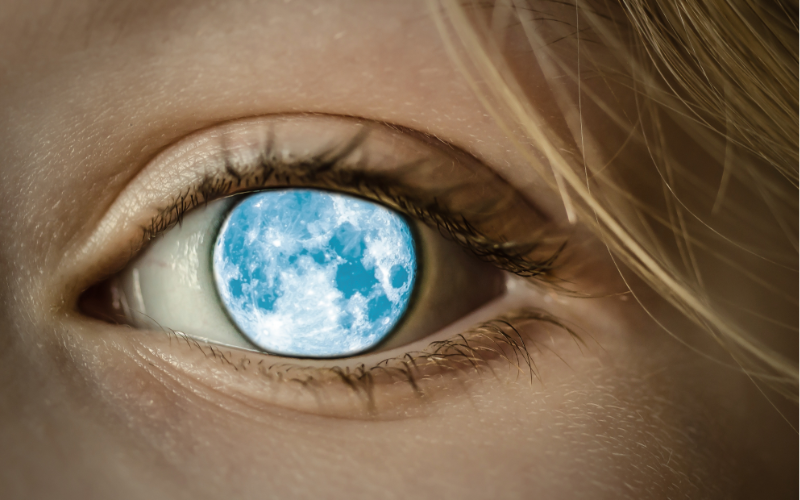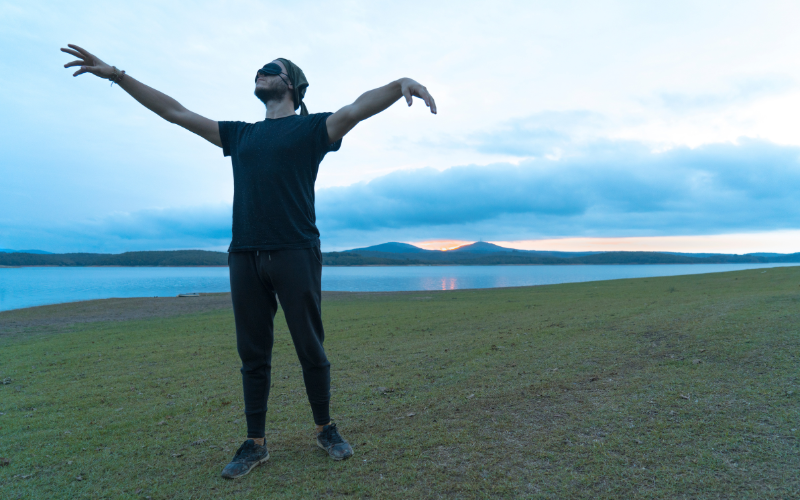The act of sleeping is a pivotal and indispensable aspect of our existence, enabling our corporeal and cerebral faculties to revitalize and replenish themselves. Nonetheless, some individuals encounter a peculiar and engrossing occurrence known as sleepwalking, or somnambulism. This atypical conduct is classified as a parasomnia, a classification of sleep disorders that generates unusual behavior during slumber. The root causes and symptoms of this disorder remain obscure and enigmatic to a large extent. It is estimated that sleepwalking affects around 4% of the populace. Therefore, in this article, we will delve into the realm of sleepwalkers, examining the etiology behind this phenomenon, the indications that accompany it, and the obtainable interventions.
Causes of Sleepwalking:
The underlying mechanisms that precipitate sleepwalking are not entirely comprehended, but numerous factors have been identified that may provoke this phenomenon, including:
Genetic disposition: A few studies propose that sleepwalking might have a hereditary element, with almost 80% of sleepwalkers disclosing a familial history of the disorder.
Sleep deprivation: The dearth of sleep or substandard quality of sleep can amplify the probability of sleepwalking.
Stress and anxiety: Emotional stress or anxiety can disrupt the sleep cycle and trigger somnambulistic episodes.
Medical conditions: Certain medical conditions such as epilepsy, restless leg syndrome, and obstructive sleep apnea could contribute to the onset of sleepwalking.

Symptoms of Sleepwalking:
Sleepwalking is characterized by abnormal behavior during sleep, and the symptoms associated with this disorder can vary from mild to severe. Some common symptoms of sleepwalking include:
- Sitting up in bed and appearing to be awake
- Walking around the house while still asleep
- Engaging in complex behaviors such as cooking or driving while asleep
- Having a blank expression and not responding to questions or commands
- Acting confused, disoriented, or agitated upon waking up
Treatments for Sleepwalking:
The quandary of sleepwalking, although lacking a singular panacea, can be mitigated by a repertoire of treatments. Among the arsenal of treatments available to combat sleepwalking, some prevalent options include:
-
- Addressing underlying medical conditions that may contribute to sleepwalking
- Improving sleep hygiene by creating a relaxing sleep environment and sticking to a regular sleep schedule
- Avoiding alcohol and drugs that can disrupt sleep
- Medications such as benzodiazepines or antidepressants may be prescribed to reduce the frequency and severity of sleepwalking episodes.

What do sleepwalkers see?
The enigmatic nature of sleepwalking continues to perplex researchers and the general population alike. During an episode, sleepwalkers may experience visual hallucinations or even have their eyes open, but they are not entirely cognizant and do not process information in the same way as when they are awake. Therefore, the question remains, what exactly do sleepwalkers see during an episode, if they see anything at all?
Additionally, the complexity of sleepwalking does not end there, as waking up a sleepwalker can be hazardous. This act can cause confusion, disorientation, and even trigger aggressive behavior. Due to their partial unconsciousness, waking up a sleepwalker can result in them feeling threatened and reacting instinctively, potentially leading to injury. Thus, gently guiding the sleepwalker back to bed is a safer option.
Can Sleepwalkers talk?
Another curious facet of sleepwalking is the possibility of talking during an episode. Although sleepwalkers may be able to speak, their speech may be garbled, nonsensical, or challenging to comprehend. Similarly to their visual perception, their brain is not entirely alert, and they do not process information the same way as when awake. Consequently, their speech may lack coherence, making it challenging to discern what they are trying to convey.

Frequently Asked Questions (FAQs):
Can sleepwalking be dangerous?
Yes! Sleepwalking can pose a significant risk, particularly if the somnambulist engages in intricate actions such as driving or cooking while in an unconscious state.
Is sleepwalking a serious disorder?
While sleepwalking is generally viewed as a benign disorder, it can cause notable distress to the sleepwalker and their family members. Therefore, it should not be taken lightly.
Can children experience sleepwalking?
Indeed! Sleepwalking is more prevalent in children than in adults and may even be considered a normal developmental milestone. Therefore, it is critical to monitor children’s sleepwalking and address it appropriately.
Let’s recap
Sleepwalking, also known as somnambulism, is a fascinating and puzzling phenomenon that affects a small percentage of the population.
The world of sleepwalkers remains shrouded in mystery, leaving us with more questions than answers. Nonetheless, with ongoing research and advancements in the field of sleep medicine, we may one day unravel the perplexing complexities of this enigmatic phenomenon.




